Featured Story
The National Security Case for America’s Only Alumina Refinery
Primary aluminum is indispensable to U.S. national defense, critical for fighter jets, Navy vessels, missile systems, and other technologies. With only one domestic alumina refinery operating, the Atalco facility in Louisiana, America faces a single-point-of-failure risk in its defense supply chain.
READ MORE
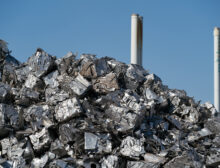

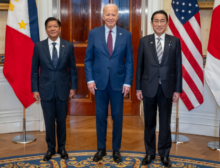
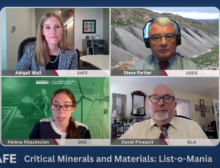

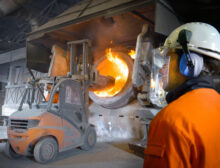

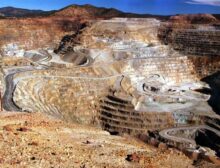

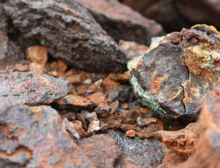




Subscribe